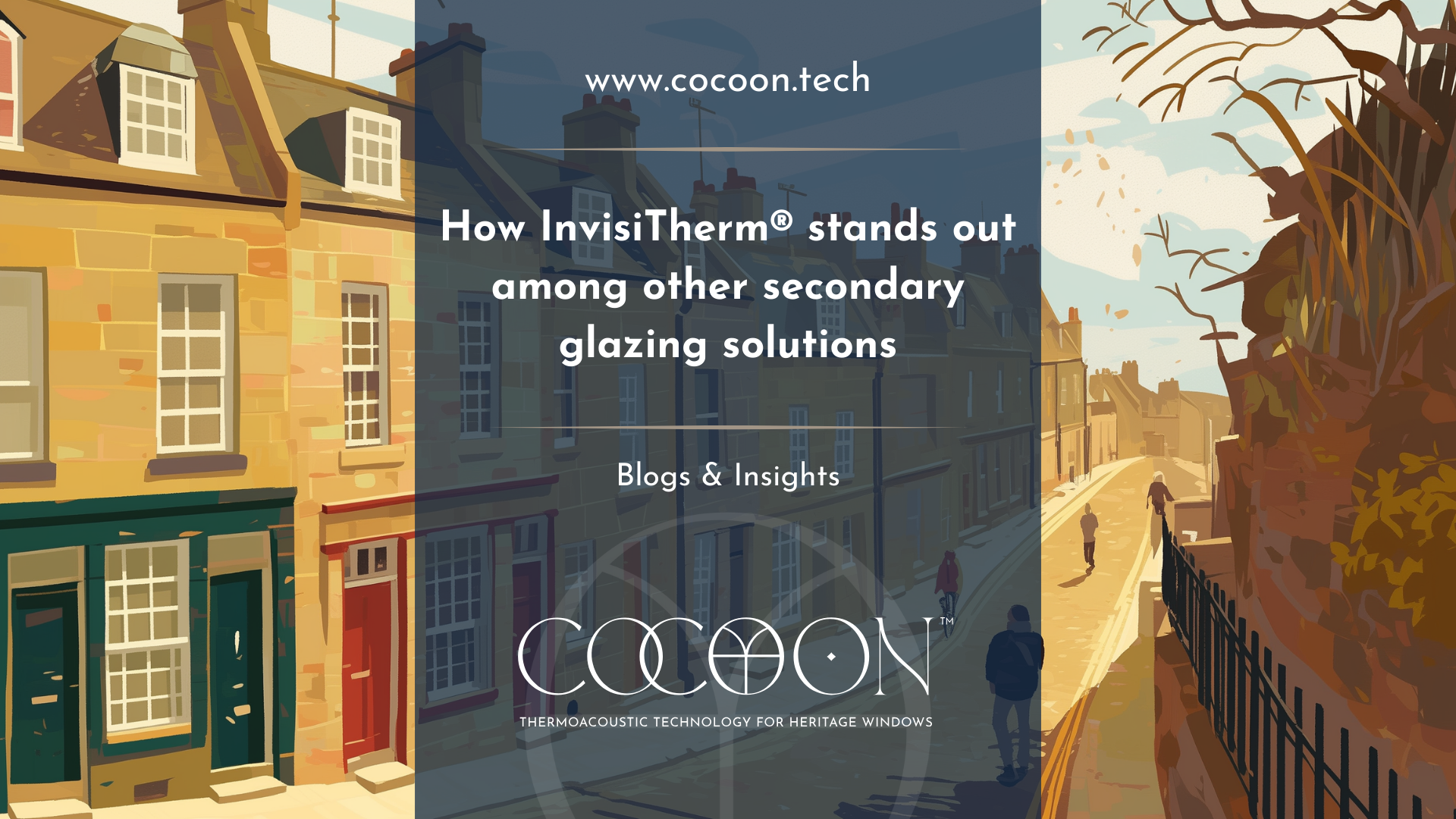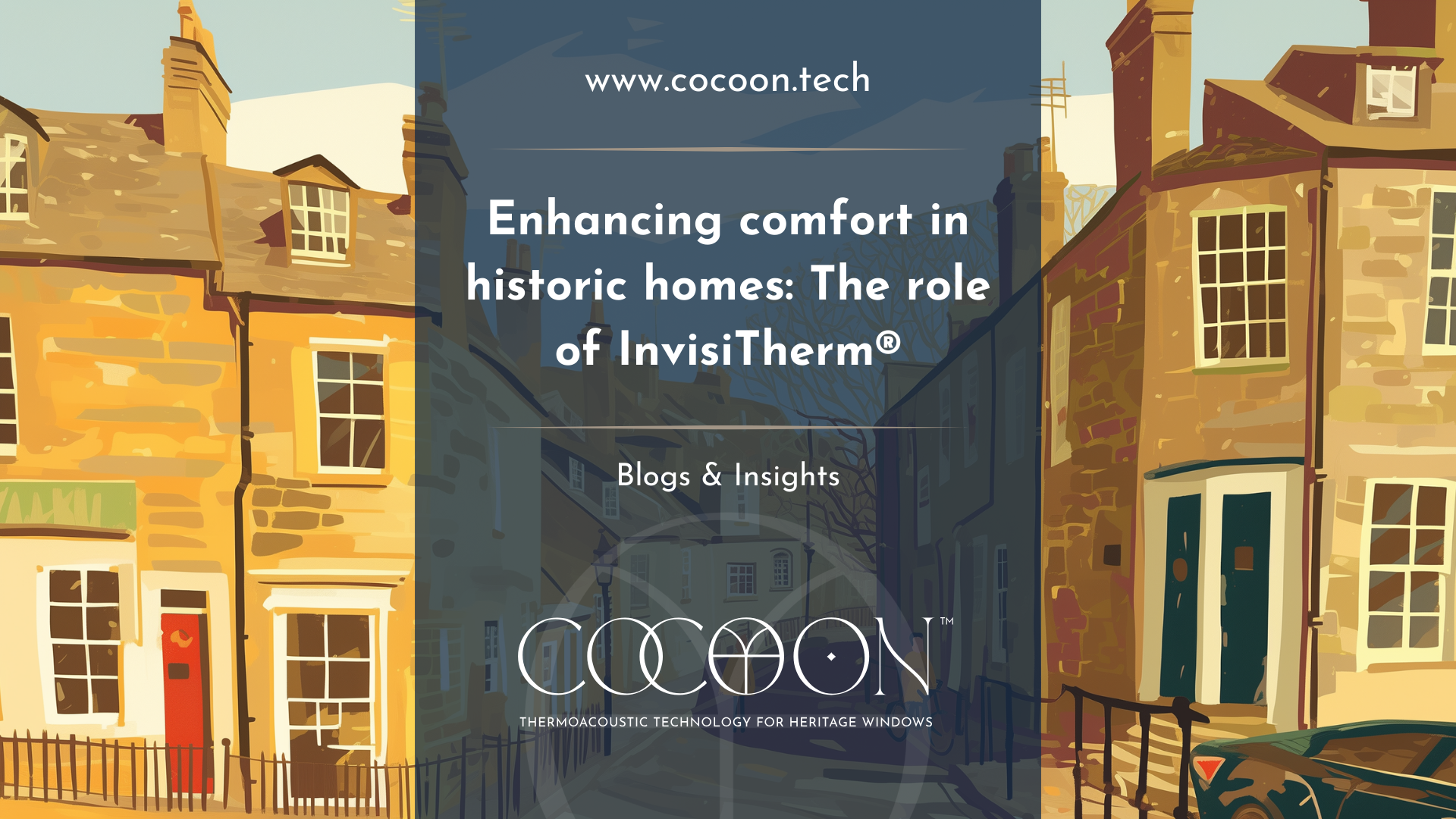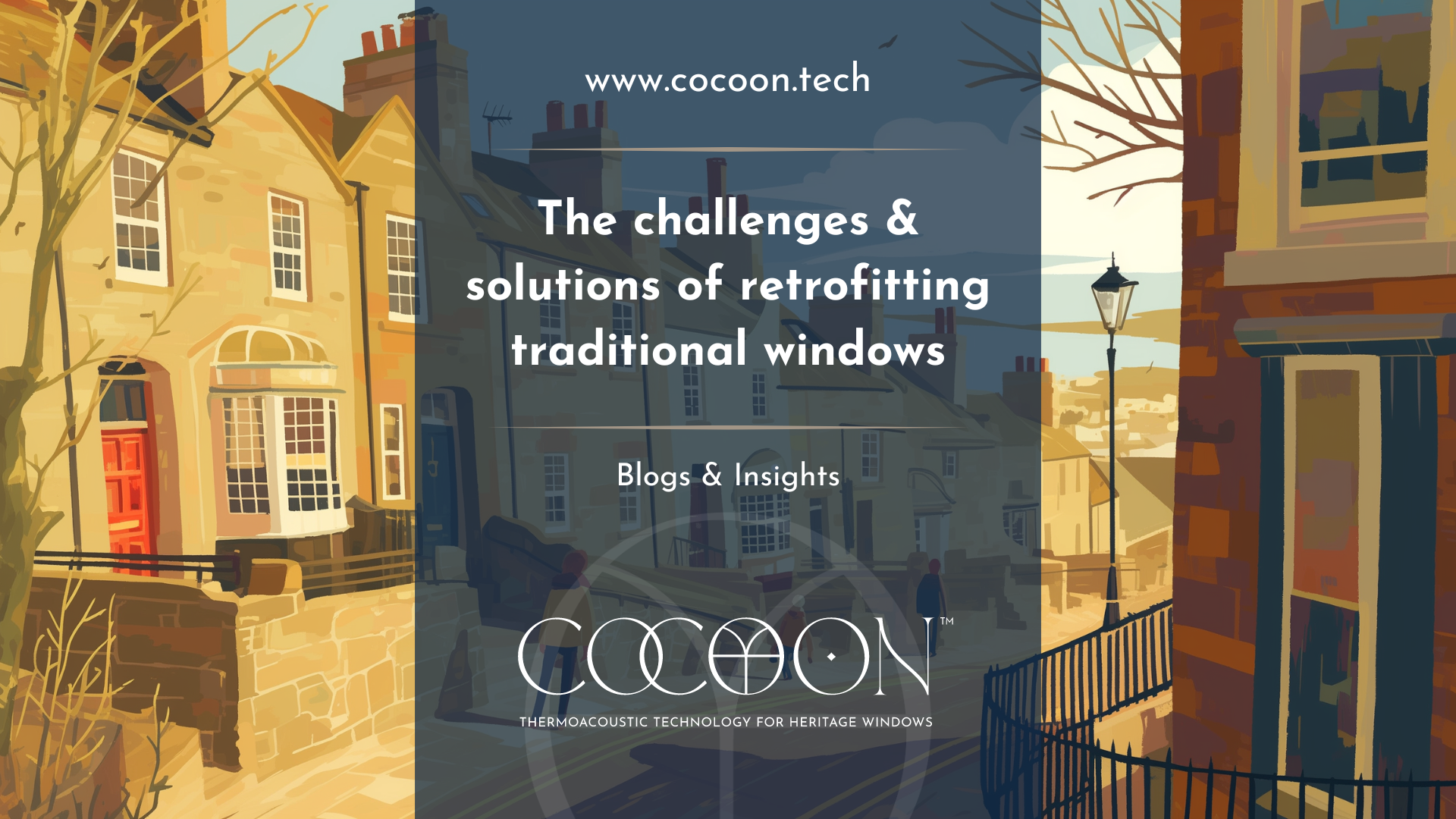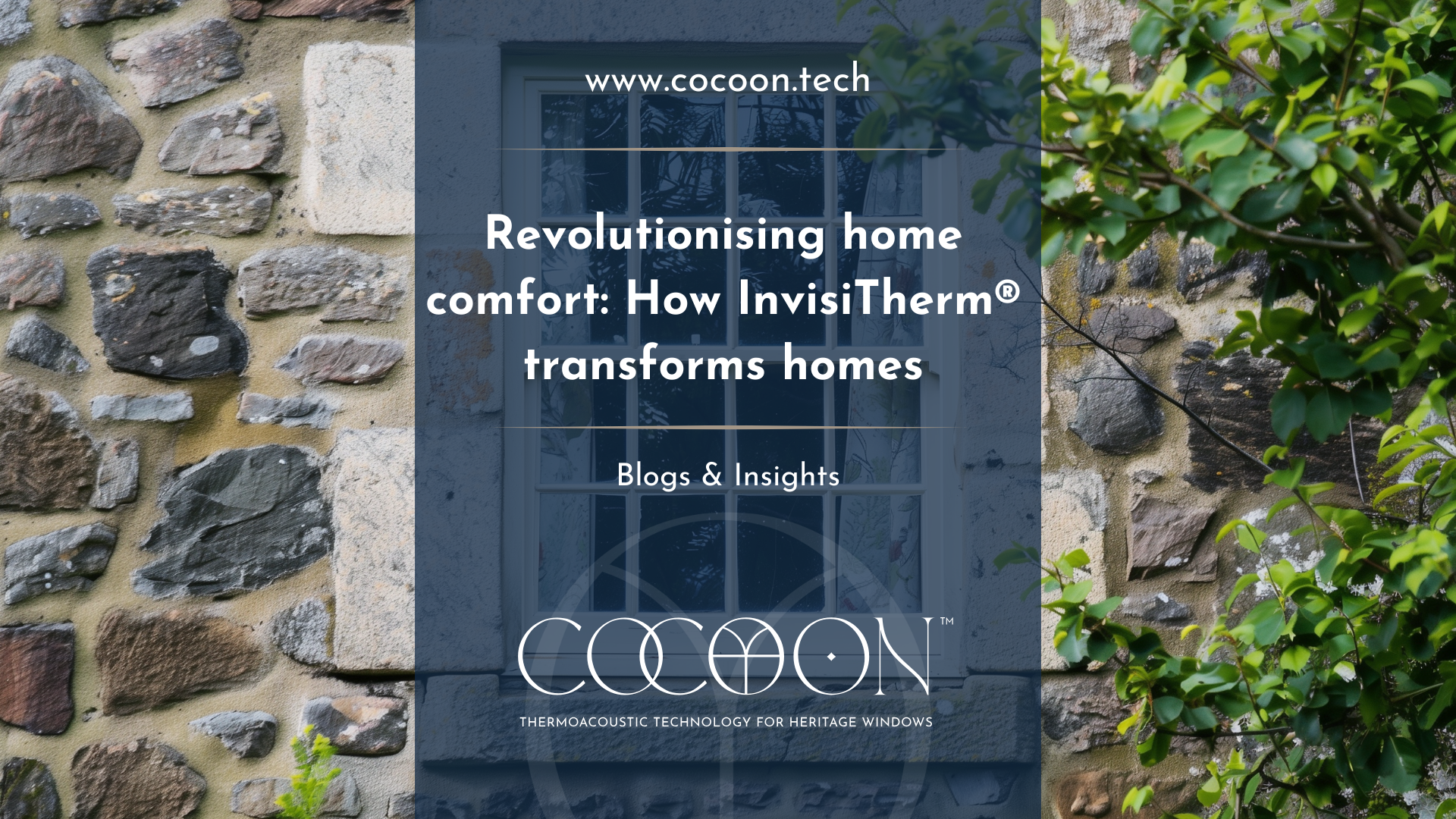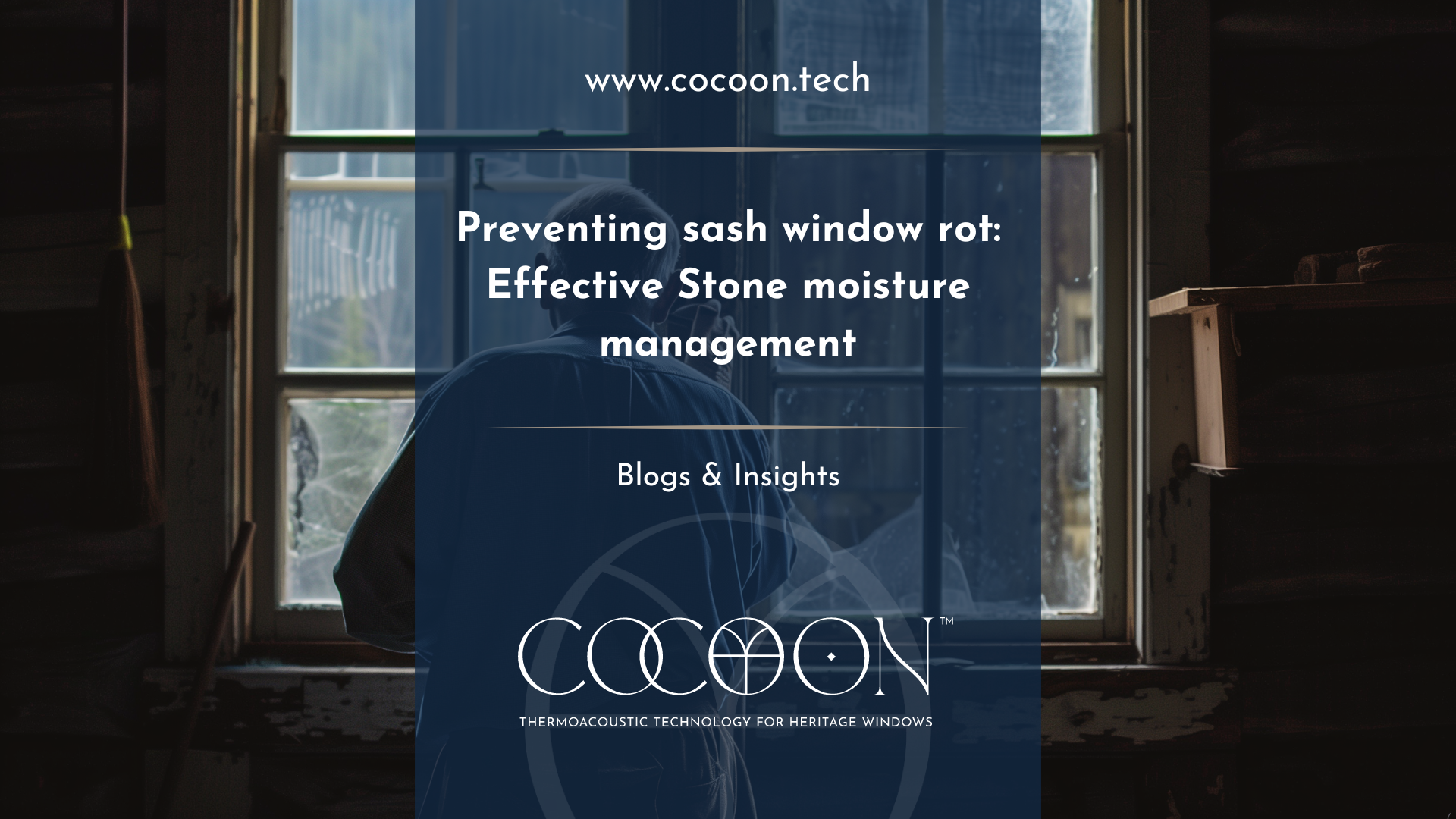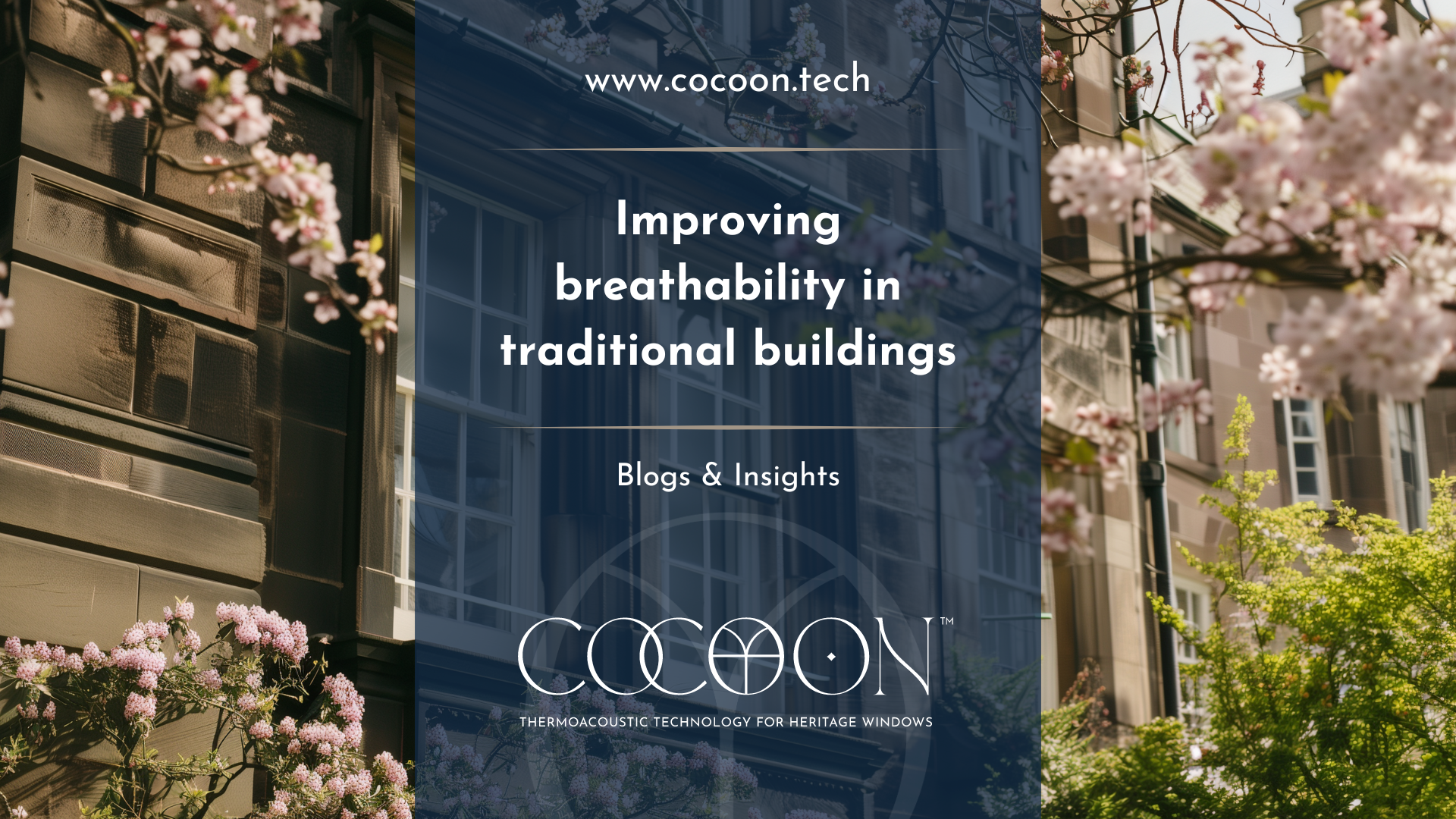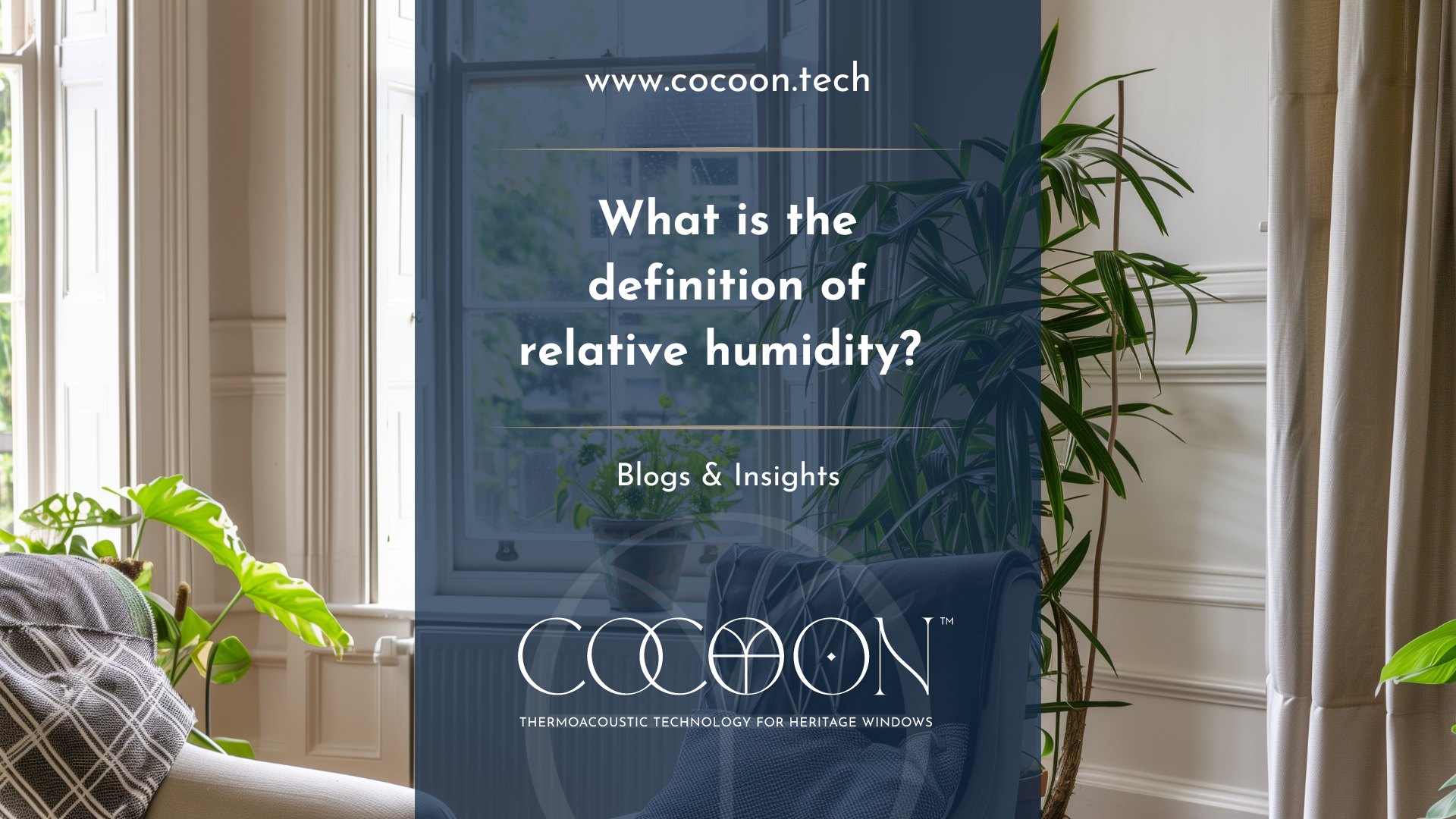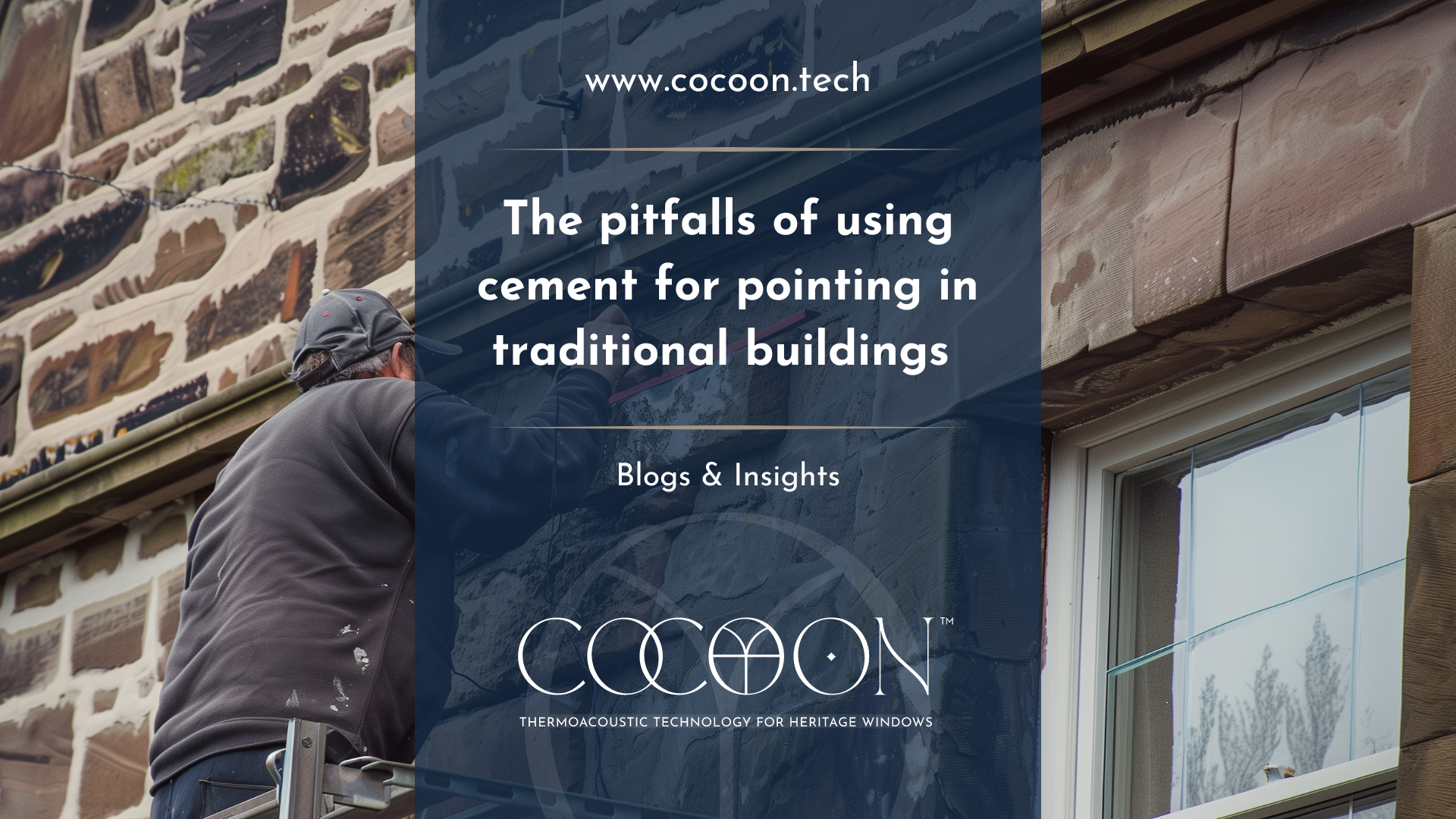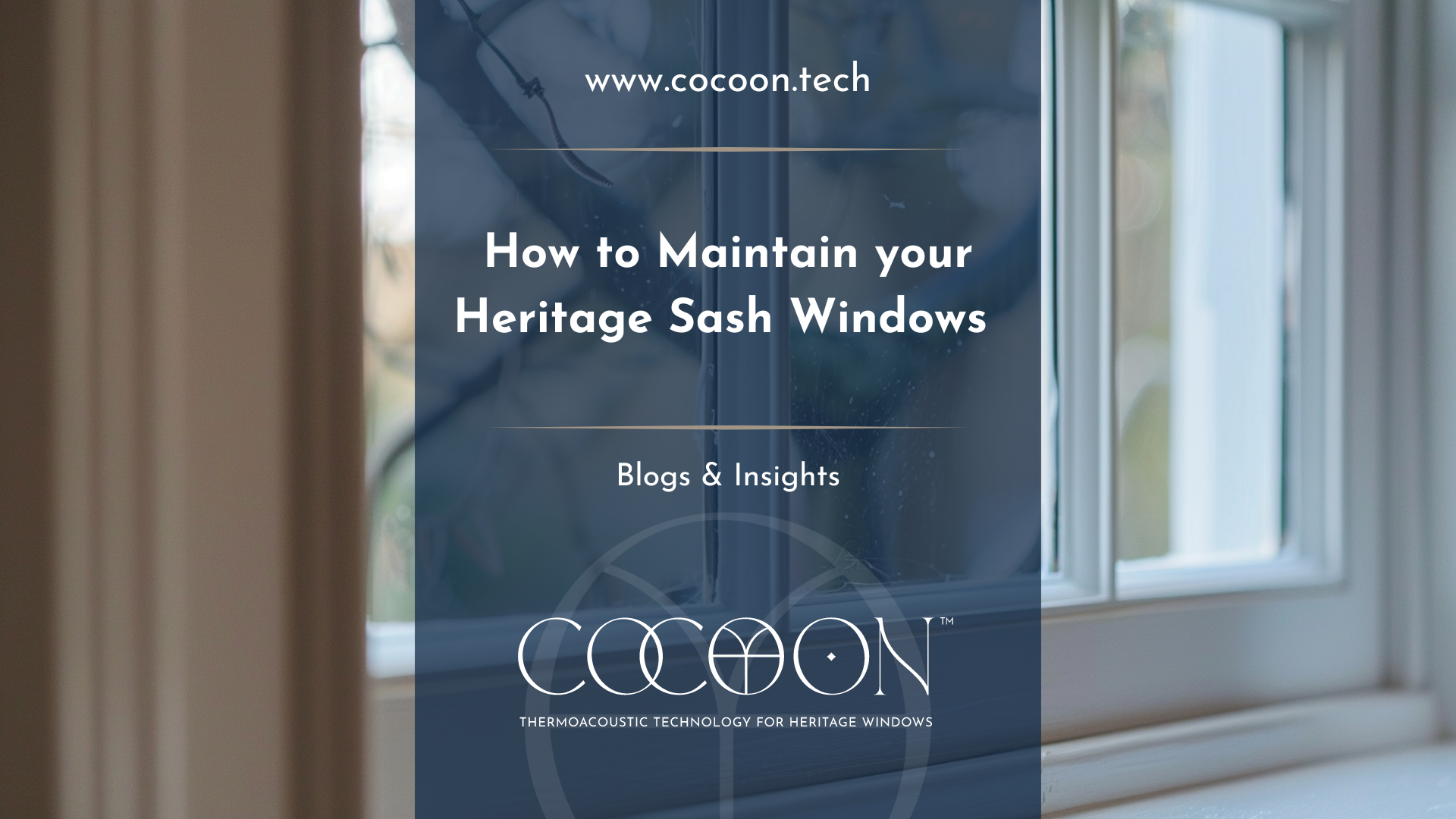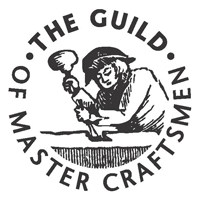Thermal Imaging for Retrofitting Older Buildings | Glaze & Save
There is
something of a misunderstanding in the retrofitting of traditional buildings,
that modern technology is somehow incompatible with traditional crafts.
However, applying fairly modern techniques to energy efficiency retrofitting
can yield exceptional results. This blog will look at why thermal imaging is
the way forward in the field of building conservation, and in retrofitting historic
buildings.
What is thermography?
Thermography is the method of illustrating visible heat energy in a visual method , ordinarily through the use of an infrared red camera. The images produced by the camera show a range of temperature variations across a surface or area which are above absolute zero.
Objects within the image are displayed as thermal patterns of different colours or shades of grey depending on the palette selected. At Glaze & Save we use a palette ranging from deep blue to red, which is why you will see so many brightly coloured images in your personal quote document. These thermal patterns illustrate the variations of heat energy which are emitted from the surface of the object or area.
Interpretation of the thermal patterns and colours requires an understanding of the various environmental conditions at the time of capturing the image, as well as an understanding of the surface materials being viewed.
Emissivity (an object’s ability to emit infrared radiation ) and reflectivity (the property of reflecting radiation ) are the two characteristics of materials which determine how reliable the thermal pattern is in the image. Materials with high emissivity have a low reflectivity and vice versa. Only materials with a high emissivity provide a reliable reading. This is because materials with a low emissivity have a tendency to reflect the temperature of surrounding objects.
How can it be used in traditional buildings?
In most buildings, the energy used for space heating represents a significant cost factor; however traditional buildings cant experience greater issues than monetary loss from cold spots and heat loss.
Cold areas attract condensation and damp: this can lead to damp, mould and rotting in all buildings, but in traditional buildings this can be of particular concern. Thermal imaging is a fantastic tool for identifying heat loss and cold spots and therefore allowing you to take action.
As well as showing cold spots and potential areas for concern in buildings, thermography also has the added benefit of being completely non-invasive. To otherwise identify missing insulation, gaps and cracks in the building fabric or other issues with building elements would require intrusive investigations such as drilling holes or dismantling the elements. Infrared thermography can demonstrate issues without affecting the fabric of the building. This is without even taking into account the difficulty in identifying the location of draughts and air leakages, and the fact that moisture and damp often goes unseen until it appears on the surface of walls, windows or roofs.
How can it improve energy efficiency?
Thermography can be used to improve energy efficiency by identifying unwanted heat transfers for later correction, this is the fundamental method in which to optimise energy usage of a building. Although draughts in traditional buildings can occasionally be felt and even located manually, it is often much more difficult to perceive other areas of heat loss and cold spots.
Detecting Moisture
As well as showing areas of heat loss in a building, thermal imaging can also be invaluable in the detection of moisture, the build-up if which is a significant concern in property maintenance. While thermal camera cannot direct measure the water content of a selected are, patches of damp and moisture can be inferred from thermal images taking into consideration content such as the shape and pattern of the cold spot image, along with its location and the existence of surrounding pipework, guttering etc.
Thermal imaging is a great tool for use in surveying traditional buildings for heat loss, cold spots and damp, which is why we utilise thermal cameras in our surveys. We want to demonstrate to you not only the energy loss you currently experience through your windows, but also potential areas of damp, areas of heat loss and potential maintenance issues for the future. It’s all part of our mission to make people fall in love with their old properties again!
Protect your windows and experience a warmer, cozy and more thermally efficient home with InvisiTherm ® the all-in-one window solution. Reduce heat loss by 63%, Reduce noise by a minimum of 48%, eradicate condensation and draughts, and completely eliminate ultraviolet fading, all without the need for any permissions. Retain your original windows and full working shutters while turning your single glazing into double glazing. Contact today on 01738 562 068 or via our contact formto find out more and arrange your free survey.


